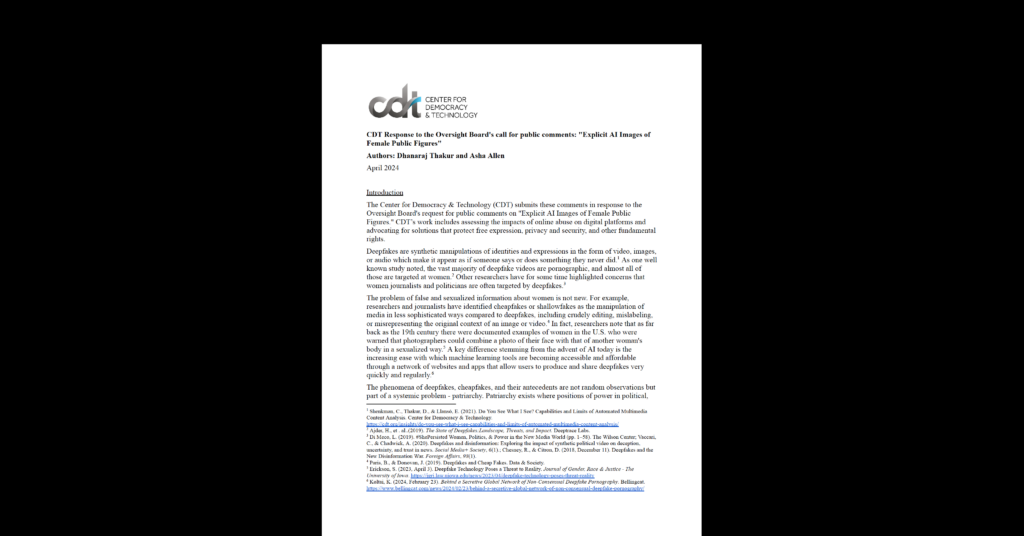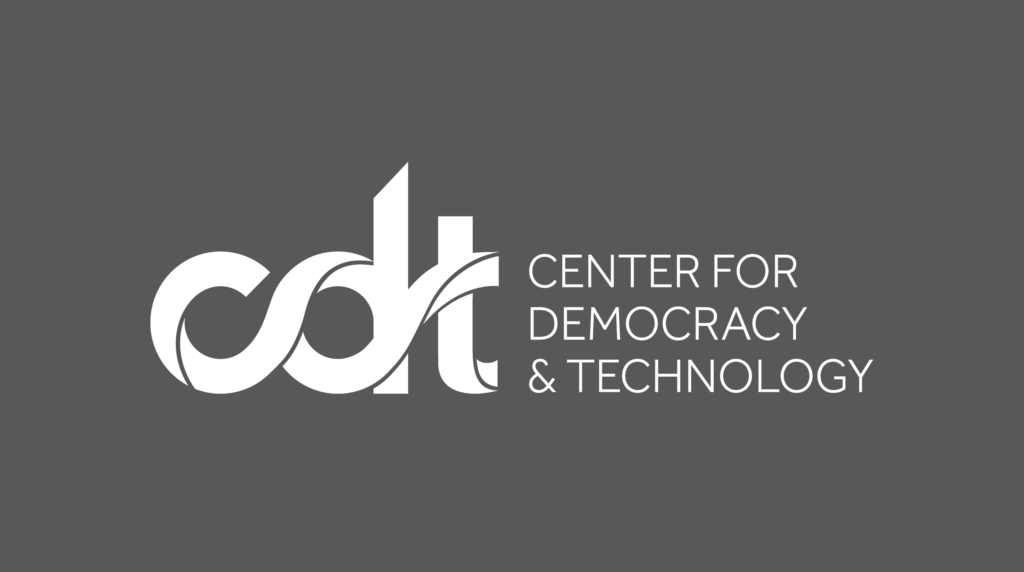The Role of Generative AI in the Hollywood Strikes (and What This Has to Do with My Root Canal)
Recently, I was sitting in the chair of my oral surgeon ahead of a root canal when the amiable endodontist asked me about my job. When I told him I study the impacts of artificial intelligence (AI) on workers, he asked if I had heard about the SAG-AFTRA strike – specifically, how the use of AI had become a flashpoint in negotiations between the actors and the major Hollywood studios. Since my jaw was already dropped, I nodded to indicate my surprise.
As background, workers from two Hollywood film and TV industry unions are on strike. The first to hit the picket lines in May was the Writers Guild of America (WGA), which represents approximately 11,500 screenwriters who write scripts for films and TV shows. Earlier this month, SAG-AFTRA, the union representing actors and other performance artists in the film/TV industry, went out on strike as well, in part out of solidarity with WGA and in part due to actors’ own unique challenges with Hollywood studios.
Some of the issues driving these labor disputes mirror the usual sources of tension between workers and management, including pay, benefits, pensions, and working conditions. Another key set of issues in these particular strikes is the rise of streaming and associated drops in payments of residuals to writers and actors.
But the rise of AI — particularly generative AI that can produce increasingly lifelike audiovisual content and human-sounding writing — has added cutting-edge tech issues to these labor disputes.
Writers are concerned that text-generating AI along the lines of ChatGPT will be assigned some of the story generation, screenwriting, and editing tasks (and receive some of the associated credits) traditionally given to WGA members.
Actors are worried that studios will use AI to generate their likenesses and use their voices without paying actors the wages and royalties they traditionally receive when they (or their voices or likenesses) appear in films and TV shows. One oft-cited example of this concern appeared in a New York Times article published on the eve of the WGA strike, which described a Netflix contract that “sought to grant the company free use of a simulation of an actor’s voice ‘by all technologies and processes now known or hereafter developed, throughout the universe and in perpetuity.’”
Unsurprisingly, the studios have rejected or downplayed the unions’ concerns. When the WGA asked the studios to ban the use of AI-generated stories and scripts, the studios countered by merely offering to hold annual meetings to discuss advances in technology. And regarding SAG-AFTRA’s concerns over studios using AI to (re)generate actors’ likenesses and voices, the studios say that their proposal would “only permit[] a company to use the digital replica of a background actor in the motion picture for which the background actor is employed.” Additional uses of the actor’s likeness would require the actor’s “consent and bargaining for the use, subject to a minimum payment.”
A further issue that is not the subject of current WGA and SAG-AFTRA demands but that may arise in the future concerns whether those who created existing films and TV shows that are used as training data for models underlying generative AI tools are entitled to receive residual payments (essentially, a form of royalties) since the AI-generated material is effectively based on their work. Setting up such a residual payment system would not only be technically difficult but would require extensive changes to the way intellectual property is managed in the entertainment industry and likely changes to intellectual property laws themselves.
At its core, the appearance of AI issues in the Hollywood strikes stems from writers’ and actors’ fears that their jobs and wages will be lost to automation. This is hardly the first time unionized workers have cited the risk of automation as a basis for striking. Indeed, it’s not even the first time in recent memory that automation has led to strikes in a US entertainment mecca. Five years ago, the risk of automation-driven job losses was one of the sticking points when hospitality workers at Las Vegas casinos went on strike.
Automation anxiety was also a contributing factor to a nationwide strike among Marriott workers later that year. Automation seemed to recede from the labor headlines somewhat in the years that followed, in part because the pandemic and the ensuing labor-market disruptions thrust other issues to the fore. But it was inevitable that the issues would start popping up in headlines again. The seemingly rapid advances in generative AI over the past couple of years ended up providing that impetus–and also extended the concerns to workers who previously may not have thought themselves at risk of job loss from automation.
It is difficult to say at this point how the WGA and SAG-AFTRA strikes will play out, and whether AI will play a major role in the contracts that will ultimately end the current work stoppage. It is perhaps even harder to predict whether the writers’ and actors’ concerns about automation-related job losses will ultimately come to fruition. The rise of self-checkout machines contributed to a significant drop in the number of retail workers.
On the other hand, although the rise of ATMs in the 1980s led to widespread fears of massive job losses among tellers, the number of tellers increased in the ensuing years, as banks had tellers perform more customer service functions rather than simply dispensing cash. But, while most tellers survived that particular wave of technological change, the rise of online and self-service banking starting in the 2000s has led to a precipitous decline in the number of physical bank branches — and, by extension, the number of employed tellers — in recent years.
Which of these precedents will prove most prescient for generative AI in the entertainment sphere is anyone’s guess. The rise of increasingly sophisticated and lifelike animation and CGI over the past few decades does not seem to have dulled the public’s appetite for live-action films and TV shows; perhaps generative AI will likewise be used to make new types of media without really reducing demand for the creative services of actors and writers. On the other hand, if generative AI gets to the point where computer-generated images and text are indistinguishable (in a Turing Test sense) from the real thing, a paradigm shift might indeed occur.
If my exam-chair conversation is any indication, the Hollywood strikes will at least bring the prospect of job losses from AI-driven automation into the broader workforce and public consciousness. That, in turn, will put greater pressure on policymakers to address issues of worker displacement as they seek to address the many implications of the increased use of AI.


